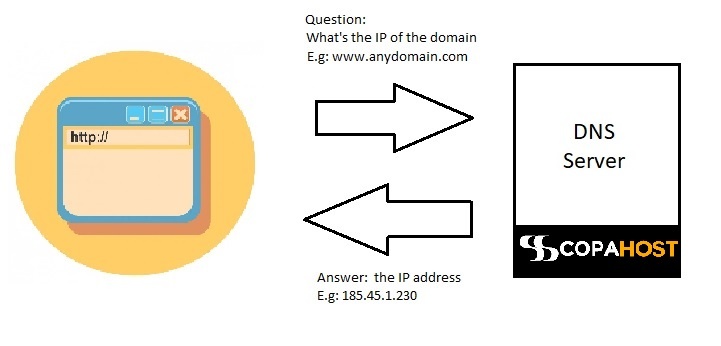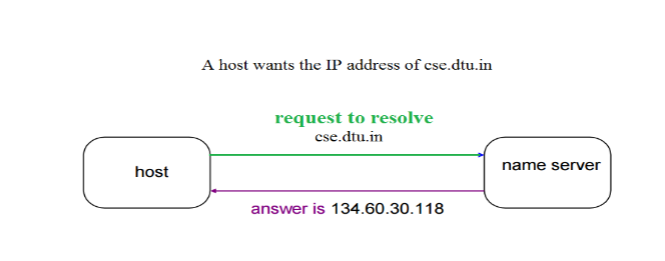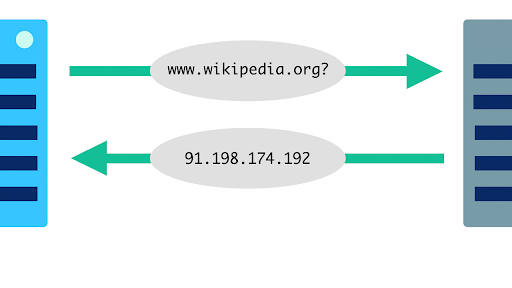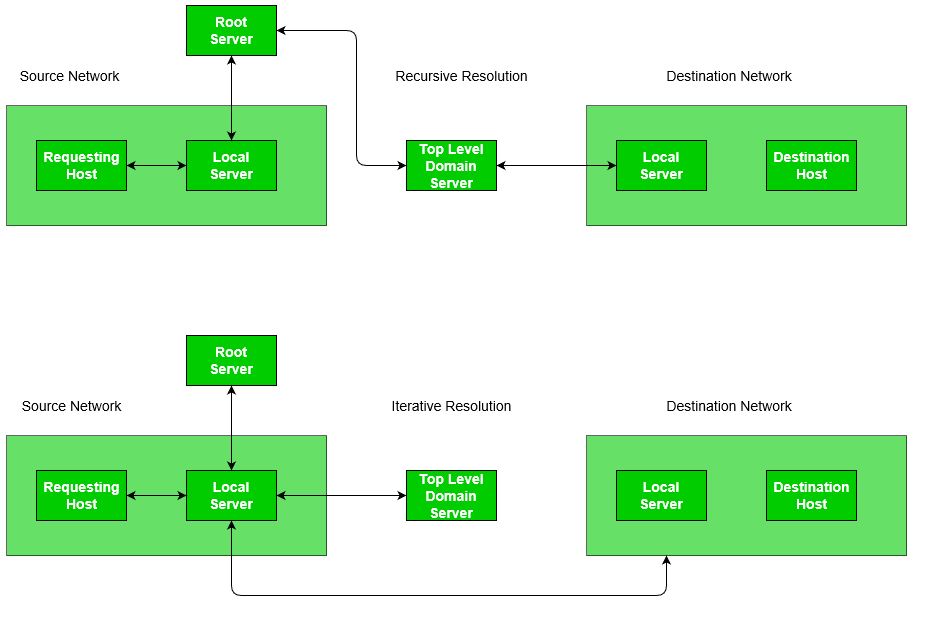Dynamic Domain Name System Definition
Then enter the hostname or domain you have created in the host or domain field. The Domain Name System DNS is the phonebook of the Internet.
Add Cname Record In Windows Dns Server
DNS which stands for Domain Name System is used as the medium to translate domain names to their respective IP addresses when a client initiates a request query.

Dynamic domain name system definition. The domain name system more commonly known as DNS is the networking system in place that allows us to resolve human-friendly names to unique IP addresses. The DNS method is helpful in the case of dynamic IP addresses where the IP address is mapped to a custom domain that changes frequently. Short for Domain Name System DNS is an Internet service that translates domain names to IP addresses.
Its a service that maps internet domain names to IP addresses. A DDNS service lets you access your home computer from anywhere in the world. DNS translates domain names to IP addresses so browsers can load Internet resources.
Typically this will be under Advanced and then DDNS or Dynamic DNS. To solve this problem the DNS system was introduced. Dynamic DNS DDNS is a method of automatically updating a name server in the Domain Name System DNS often in real time with the active DDNS configuration of its configured hostnames addresses or other information.
Web browsers interact through Internet Protocol IP addresses. The root servers point to the. The term is used to describe two different concepts.
Short for dynamic Domain Name System a method of keeping a domain name linked to a changing IP address as not all computers use static IP addresses. Updated on November 27 2019 In simple terms a Domain Name System DNS is a collection of databases that translate hostnames to IP addresses. Free Dynamic DNS and Managed DNS Provider trusted since 1999 with 100 uptime history.
Domain name system DNS is a hierarchical naming system built on a distributed database. Create a free account today. It uses a hierarchical naming scheme and distributed database of IP addresses and associated names.
Enter your No-IP username and password. The Domain Name System DNS is a hierarchical and decentralized naming system for computers services or other resources connected to the Internet or a private network. It associates various information with domain names assigned to each of the participating entities.
DynDNS Dynamic Domain Name System helps to establish a stable connection to your server irrespective of a changing IP address. Well show you which DynDNS providers exists and how free services compare to premium DynDNS alternatives. This makes the DNS the telephone book of the internet because it is a directory that enables users to access the IP addresses associated with specific addresses in their browsers.
On the DDNS page select No-IP as the service provider. This system transforms domain names to IP addresses and makes it possible to assign domain names to groups of Internet resources and users regardless of the entities physical location. DNS is the abbreviation for Domain Name SystemThe Domain Name System converts domain names which can be read by humans into IP addresses which in turn can be read by machines.
Our Free DDNS service points your dynamic IP to a free static hostname. Next locate the Dynamic DNS DDNS settings. DNS stores the database of all.
What does Dynamic Domain Name System DDNS mean. Dynamic DNS DDNS or DynDNS is a mechanism by which the name server in the Domain Name System DNS is automatically updated with the custom domain name and the ever-changing IP addresses. DDNS stands for dynamic DNS or more specifically dynamic Domain Name System.
Techopedia explains Domain Name System DNS. DynDNS services transmit a changing IP address to a static domain name to enable remote access. Typically when a user connects to the Internet the users ISP assigns an unused IP address from a pool of IP addresses and this address is used only for the duration of that specific connection.
This resulted in increased traffic on downloading this file. The domain name system DNS is a naming database in which internet domain names are located and translated into internet protocol IP addresses. The domain name system maps the name people use to locate a website to the IP address that a computer uses to locate a website.
Domain Name System helps to resolve the host name to an address. Domain names are alphabetic and therefore easy to remember but the Internet is based on numeric IP addresses so a DNS server is required for computers to communicate with one another.
An Introduction To Dns Terminology Components And Concepts Digitalocean
Windows Server Integration Between Dns And Dhcp Technet Articles United States English Technet Wiki
 What Does Dns Stand For Copahost
What Does Dns Stand For Copahost
 Domain Name System Dns In Application Layer Geeksforgeeks
Domain Name System Dns In Application Layer Geeksforgeeks

 What Is The Domain Name System Dns
What Is The Domain Name System Dns
Windows Server Dns Zones Explained

 Free Ddns Setup For Ip Cameras And Nvr Dvr Recorders Cctv Camera World Knowledge Base
Free Ddns Setup For Ip Cameras And Nvr Dvr Recorders Cctv Camera World Knowledge Base
.png?width=660&name=Static-vs-Dynamic_IP_addresses%20(1).png) Static Vs Dynamic Ip Addresses What S The Difference Avast
Static Vs Dynamic Ip Addresses What S The Difference Avast

 Difference Between Dns And Dhcp Geeksforgeeks
Difference Between Dns And Dhcp Geeksforgeeks
 Dns Domain Name System Javatpoint
Dns Domain Name System Javatpoint
 Address Resolution In Dns Domain Name Server Geeksforgeeks
Address Resolution In Dns Domain Name Server Geeksforgeeks
 Getting Started With Dynamic Dns Dyn Help Center
Getting Started With Dynamic Dns Dyn Help Center
 Cookbook Fortigate Fortios 6 2 0 Fortinet Documentation Library
Cookbook Fortigate Fortios 6 2 0 Fortinet Documentation Library



Post a Comment for "Dynamic Domain Name System Definition"